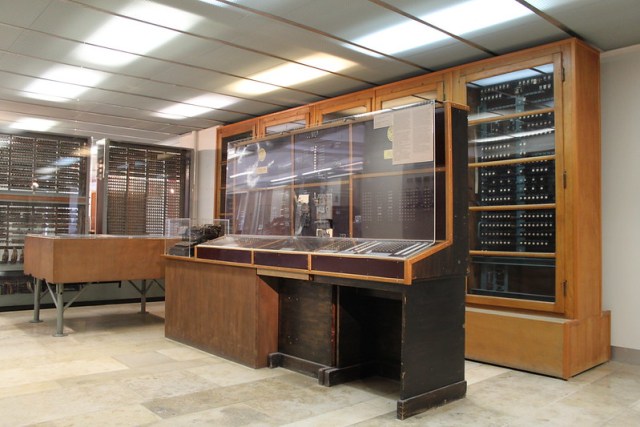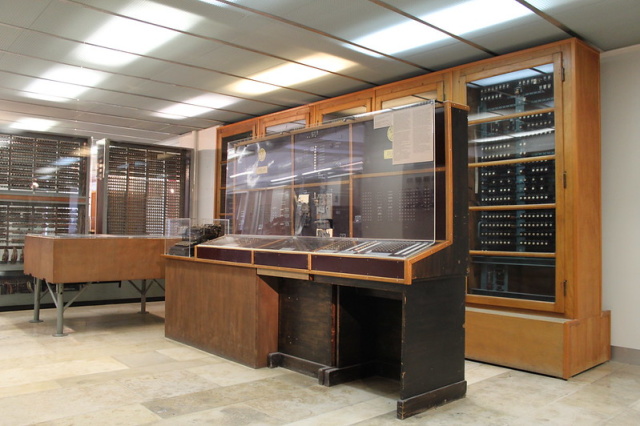Researchers Have Found The User Manual For The Oldest Surviving Computer

Researchers are now going to able to get a clearer picture of what’s considered the world’s oldest surviving digital computer. The user manual was long for quite a long time until it was recently rediscovered. The Z4, which was constructed in 1945, is about the size of a room, runs on tape, and needed several people to be able to operate. The machine now lives at the Deutsches Museum in Munich, Germany.
Evelyn Boesch, an archivist working at ETH Zurich, noticed the manual among other documents that belonged to her father back in March. René Boesch did some work with the Swiss Aeronautical Engineering Association based at the Swiss Aeronautical Engineering Association University’s Institute for Aircraft Statics and Aircraft Construction. That’s where the Z4 was housed in the early 1950s.
Among Boesch’s recovered documents were some notes related to one of the many math problems that the Z4 solved. In this case, it was a math problem that was related to the development o the P-16 jet fighter. Bruderer wrote in a blog post for the Association of Computing Machinery, ‘These included calculations on the trajectory of rockets, on aircraft wings, on flutter vibrations [and] on nosedive.’
The backstory of this computer is quite extensive. Konrad Zuse, a German civil engineer, invented the Z4 computer during the time of the Nazis and is more than the likely the one who wrote the manual. Bruderer said that, at one point, the Nazis demanded that the Zuse computer be moved to a concentration camp, where the regime used forced labor to build rockets and flying bombs. He refused to cooperate and instead moved the Z4 out to a barn in a rural town until the war was over.
The Z4 was later acquired by Eduard Stiefel, a mathematician at the ETH Zurich’s Institute for Applied Mathematics. The system spent a several years at the French and German Research Institute of Saint-Louis. Then, the Z4 was transferred to the Deutsches Museum in 1960.




